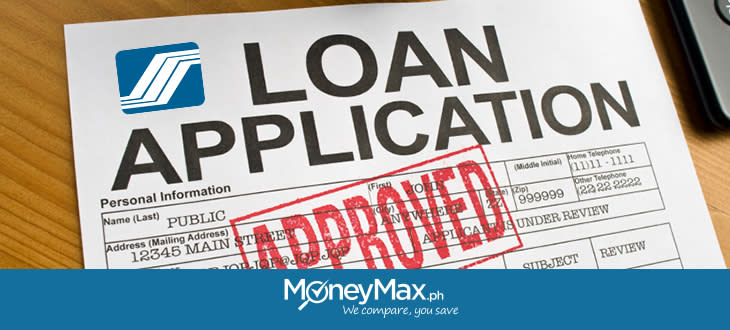As PPP loans are fully guaranteed by the SBA, the PPPLF takes the PPP loans as collateral at face value. The terms of the PPPLF that provide support to the PPP include the following:
- The PPPLF provides complete, risk-free, matched-maturity funding for pledged PPP loans.
- PPP lenders may obtain PPPLF funding for whole PPP loans that they have purchased as well as those that they originated.
- For banks, PPP loans receive a 0 percent risk weight under risk-based capital rules, and PPP loans that are pledged to the PPPLF are excluded from leverage ratio calculations. 2
PPPLF program usage
As shown in table A, the PPPLF has been the most heavily used of the emergency lending facilities established by the Federal Reserve to support the continued flow of credit to households, businesses, and state and local governments during the pandemic. 3 More than 850 PPP lenders-from all 50 states and the District of Columbia and including almost 70 nonbanks-have taken out PPPLF advances. For lenders that have not participated in the PPPLF, the existence of the facility may have provided comfort in continuing to make PPP loans with the knowledge that funding is available if needed.
Table A. Funding, Credit, Liquidity, and Loan Facilities
Source: Federal Reserve Board, Statistical Release H.4.1, “Factors Affecting Reserve Balances”; Federal Reserve Bank of New York, Commercial Paper Funding Facility Data.
The PPPLF has provided important support for enabling mission-oriented community development financial institutions (CDFIs), minority depository institutions (MDIs), and other small banks to support very small businesses. Among banks that have participated in the facility, community banks (those with $10 billion or less in assets) have received more than 90 percent of the advances from the PPPLF. Moreover, about 100 CDFIs and MDIs, which provide financial services to economically underserved communities, have borrowed from the PPPLF.
As shown in figure A, the dollar volume of PPPLF advances outstanding rose sharply following the facility’s establishment and reached a peak of more than $70 billion in early . Starting in August, outstanding advances declined slowly as new PPP lending stopped after the program’s 
A. PPPLF Advances Outstanding
The net decline in PPPLF advances since their peak almost entirely reflects declines in advances to banks-the dashed line in figure A. In contrast, PPPLF advances to nonbanks-the dotted line-continued to increase in late 2020, even while there was no new PPP lending, and have accelerated since PPP lending resumed in 2021.
Factors affecting PPPLF borrowing by banks and nonbanks
PPPLF borrowing by banks , reportedly in part because of PPPLF participants prepaying their advances after deciding that they no longer needed the PPPLF liquidity. As shown in figure B, banks experienced significant deposit growth starting in spring 2020, resulting in an increase in low-cost funding for many banks. In addition, as shown in figure C, the cost of term bank funding sources, which was relatively elevated immediately after the onset of the pandemic, has fallen to levels closer to the PPPLF lending rate of 35 basis points, providing many banks with more affordable alternatives to the PPPLF.
B. Liquid Deposits at Banks
Note: The data are not seasonally adjusted. Liquid deposits are the sum of demand deposits and other liquid deposits (other checkable deposits and savings deposits).
